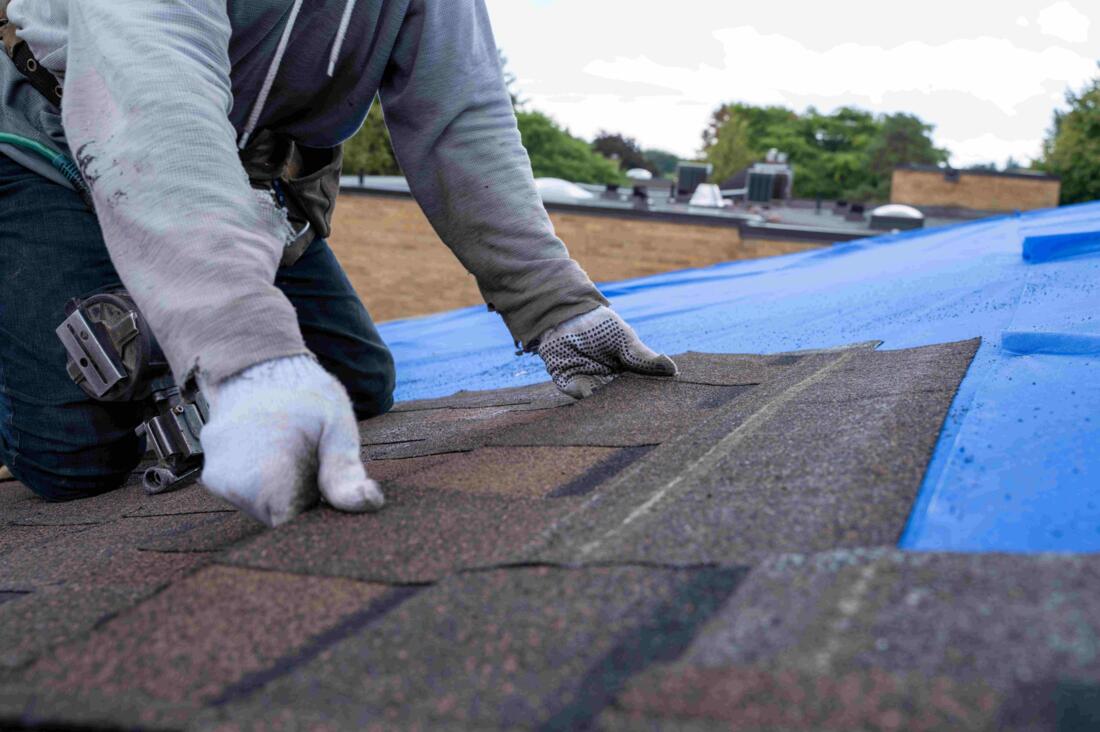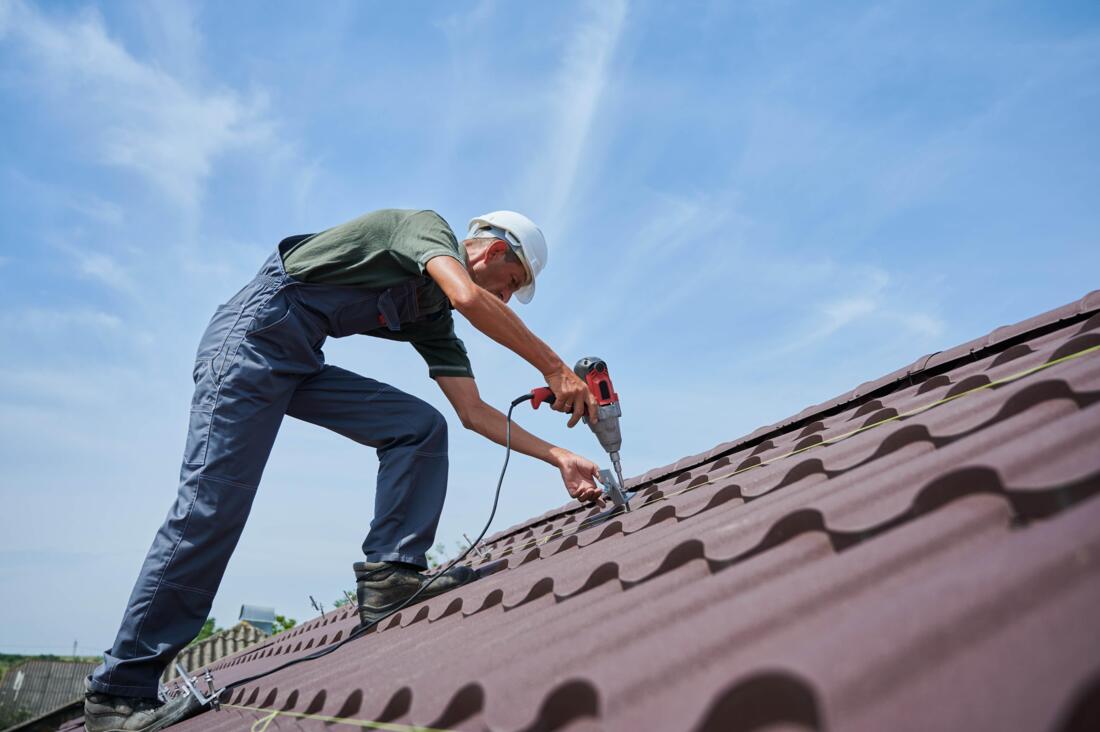Installing a cool roof enhances energy efficiency by reflecting more sunlight and absorbing less heat. This reduces the need for air conditioning, leading to lower energy expenses, decreased greenhouse gas emissions, extended roof durability, and the mitigation of urban heat islands. These advantages are beneficial for homeowners and the environment alike.
Cool Roofs: Saving Energy and Costs
Enhancing the energy efficiency of your residence is crucial for reducing your ecological footprint and lowering energy costs. One effective approach to achieve this is by installing a cool roof. Cool roofs are designed to deflect sunlight and absorb less heat compared to traditional roofs, using reflective coatings, materials, or shingles. This reflective property helps to keep indoor spaces cooler during the hot summer months, reducing the need for air conditioning and ultimately decreasing energy consumption. Consequently, homeowners can enjoy significant savings on cooling bills and contribute to mitigating urban heat islands, which can negatively impact communities by raising overall temperatures.

Benefits
Cool roofs provide benefits beyond just cost savings and comfort. They contribute to reducing energy usage, which in turn decreases the demand for electricity and helps to lower greenhouse gas emissions and pollutants released by power plants. This is particularly important in densely populated urban areas with air quality issues. Additionally, cool roofs can extend the lifespan of roofs and air conditioning units by reducing heat-related stress, leading to decreased maintenance expenses and fewer repairs or replacements.

Getting Started
To start the process of setting up a cool roof, homeowners should assess different factors like the local climate, the existing roofing material, and the overall condition of their roof. Professional roofers can provide tailored assessments and recommendations based on individual needs and local building codes. Choosing a cool roof isn't just a smart financial decision but also a proactive step towards a more environmentally friendly and efficient home. Providing both immediate and long-term cost savings, as well as environmental benefits, a cool roof is a beneficial choice for any homeowner looking to enhance their home's energy efficiency and reduce their ecological impact.
Understanding the Different Types of Cool Roofs
Cool roofs come in various types, each designed to enhance energy efficiency in unique ways. Reflective coatings, for instance, can be applied to existing roofs to improve their reflective properties without a full replacement. Another option is to use reflective tiles or shingles that are inherently designed to reflect more sunlight. In addition, some cool roofs utilize specialized materials, such as metal or single-ply membranes, that are engineered for maximum reflectivity and energy efficiency. Homeowners should consider the specific attributes of each type when selecting the best cool roof solution for their needs.
Cool Roof Installation: Key Considerations
When considering the installation of a cool roof, several important factors should be taken into account. Firstly, the existing roof structure should be evaluated to determine if it can support the additional weight of a new roofing system. Additionally, local climate conditions play a significant role in the effectiveness of a cool roof; areas with high temperatures will see more pronounced benefits. Roof slope, orientation, and surrounding structures can also influence heat absorption rates. Consulting with industry professionals can help ensure that the chosen cool roof system will function optimally in its specific environment.
The Cost-Benefit Analysis of Cool Roofs
While the initial investment for a cool roof can be higher than traditional roofing options, the long-term benefits often justify the cost. Homeowners can expect to see a reduction in energy bills due to decreased reliance on air conditioning, which can offset the installation expenses over time. Furthermore, many local governments offer incentives or rebates for energy-efficient upgrades, which can further reduce upfront costs. Additionally, the increased durability of cool roofs can lead to lower maintenance and repair costs in the long run, making them a financially savvy choice for many homeowners.
Environmental Impact of Cool Roofs: A Closer Look
The environmental benefits of installing cool roofs extend far beyond individual energy savings. By reflecting more sunlight and absorbing less heat, cool roofs contribute to the overall reduction of urban heat islands, which are particularly problematic in densely populated areas. This reduction not only improves local air quality but also helps to mitigate the effects of climate change by lowering the demand for electricity and reducing greenhouse gas emissions. By investing in a cool roof, homeowners actively participate in creating a healthier environment for their communities and future generations.
Maintenance Tips for Cool Roofs
To ensure the longevity and efficiency of a cool roof, regular maintenance is essential. Homeowners should schedule periodic inspections to check for any signs of damage or wear, such as cracks, leaks, or discoloration, which can affect the roof's reflective properties. Cleaning the roof surface periodically is also important, as dirt and debris can diminish reflectivity. In addition, addressing any maintenance issues promptly can prevent more significant problems down the line. By adopting a proactive maintenance approach, homeowners can maximize the benefits of their cool roof investment over its lifespan.
The Future of Cool Roofing Technology
As technology continues to advance, the future of cool roofing looks promising. Innovations in materials are leading to even more effective reflective coatings and roofing systems that can adapt to various climatic conditions. Research is also underway to develop smart roofs that incorporate renewable energy technologies, such as solar panels, while maintaining their energy-efficient properties. Additionally, as awareness of climate change grows, more homeowners are likely to embrace cool roofing solutions as part of a broader commitment to sustainability. This shift not only enhances energy conservation but also contributes to the ongoing evolution of environmentally friendly building practices.
AI-Assisted Content Disclaimer
This article was created with AI assistance and reviewed by a human for accuracy and clarity.